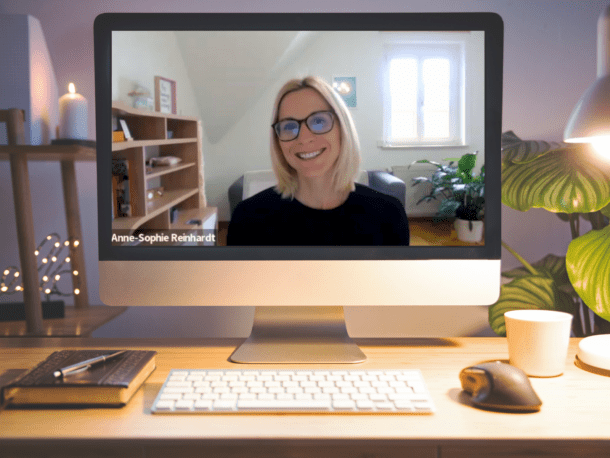
There’s a paradox that many of us grapple with at some point in our lives: the intense desire to leave a place or person, yet feeling inexplicably bound to them. The contradiction is maddening. I hate it here, yet I can’t let go of you. Why? What is it about certain relationships and places that keep us tethered, even when our rational minds tell us it’s time to move on? It’s been time for a while?
The Comfort of the Known
Even when we’re unhappy, there’s a weird sense of comfort in the familiar. It’s like wearing an old pair of jeans that don’t quite fit but feel safe because we know them so well. We get used to the routines, the patterns, and even the frustrations. Change, on the other hand, feels like diving into icy water—shocking and unsettling. But remember, comfort doesn’t always mean happiness.
Emotional Investments
Emotional investments play a significant role in why we stay. Over time, we pour our hearts, our time, and our energy into relationships and places. This investment builds a deep emotional bond that is not easily severed. The idea of leaving feels like abandoning a part of ourselves, a part that we have nurtured and grown attached to.
Emotional Attachments
Emotions are powerful anchors. We might hate the job but love our coworkers. Or despise our routine yet feel a deep bond with the memories it holds. Over time, we pour our hearts, our time, and our energy into relationships and places. This investment builds a deep emotional bond that is not easily cut. The idea of leaving feels like abandoning a part of ourselves, a part that we have nurtured and grown attached to.
Fear of the Unknown
Stepping into the unknown is terrifying. Our brains are wired to seek safety and avoid risks. When we think about leaving a bad situation, all the “what ifs” start to flood our minds. What if it’s worse on the other side? What if I fail? What if I end up lonelier or in a worse situation? This fear can paralyze us, keeping us stuck in a place that doesn’t serve us anymore.
Hope for Change
Hope is another reason we stay. We hold onto the belief that things might improve. That person might change, the situation might get better, or circumstances might align in our favor. Hope keeps us rooted, often long after it’s rational to stay, often long after we’ve hit the point of deep inner pain and discomfort. It’s the glimmer of possibility that things will work out that makes us resistant to leave.
Societal and Cultural Expectations
Societal and cultural expectations also influence our decisions. We worry about how others will perceive us if we leave. Will we be judged for giving up? Will we face criticism? The pressure to conform to societal norms and expectations can be a significant barrier to making a change.
Self-Worth and Deservingness
Sometimes, staying stuck is rooted in our beliefs about what we deserve. Years of negative self-talk, past failures, and toxic relationships can chip away at our sense of self-worth. We start to believe we don’t deserve better or that we’re not capable of achieving more. This mindset can be the biggest barrier to letting go and moving forward.
The Process of Letting Go
Letting go is a process, not a single event. It involves acknowledging our feelings, understanding our fears, and gradually loosening the grip on what no longer serves us. It requires us to be kind to ourselves, to recognize that it’s okay to feel conflicted, and to give ourselves permission to seek happiness and fulfillment.
Practical Tips for Letting Go
- Self-Reflection: Spend time understanding why you’re holding on. Journaling, meditation, and talking to a coach or therapist can provide valuable insights.
- Visualize Your Future: Imagine what your life could look like if you let go. Focus on the positive changes and the freedom you’ll feel. This can help shift your perspective from fear to excitement.
- Set Boundaries: Establish clear boundaries to protect your mental and emotional well-being. This might mean limiting interactions or setting specific conditions for change.
- Plan for Change: Create a realistic plan for change. What steps can you take to gradually transition out of the current situation? Having a plan can make the prospect of change less overwhelming.
- Take Small Steps: You don’t have to make a giant leap. Start with small, manageable changes that lead you toward your goal. Celebrate each step forward.
- Build a Support System: Surround yourself with people who uplift and encourage you. Their support can be invaluable as you navigate through the transition.
- Practice Self-Compassion: Be kind to yourself. Acknowledge that change is hard and that it’s okay to struggle. Celebrate your courage and resilience.
The struggle of hating where we are but being unable to let go is a deeply human experience. It’s a testament to our capacity for hope, love, and resilience. Ultimately, letting go is about embracing the unknown and trusting that we have the strength to create a better future for ourselves. It’s about recognizing that we deserve happiness and fulfillment, even if it means facing the discomfort of change.
Letting go of something that’s no longer serving you is one of the bravest things you can do. It’s a step towards reclaiming control over your life, body, and emotions. Remember, you deserve to live beyond the confines of fear and comfort. So, take a deep breath, trust yourself, and let go.







